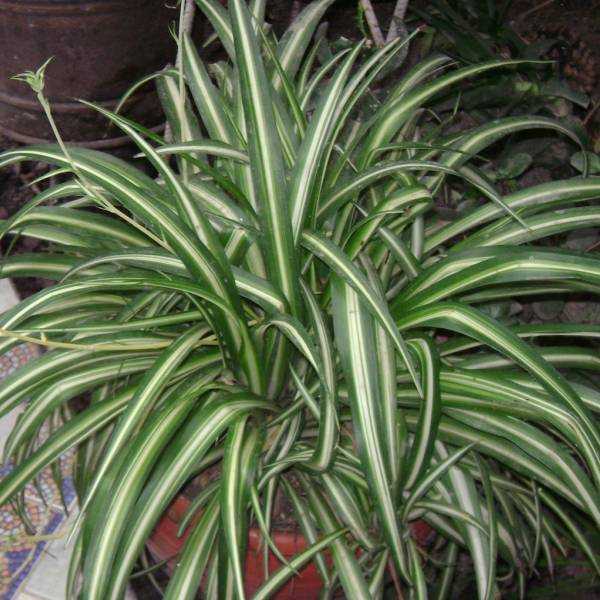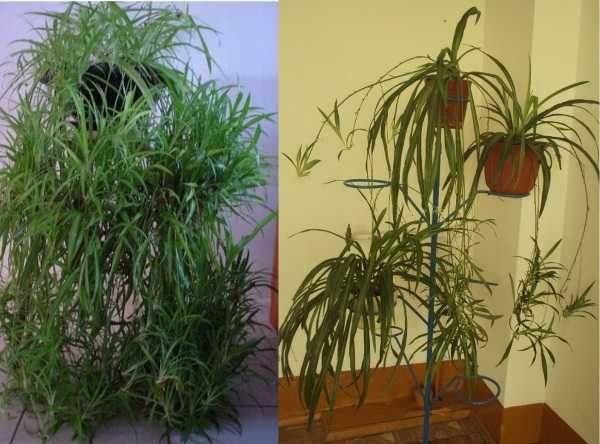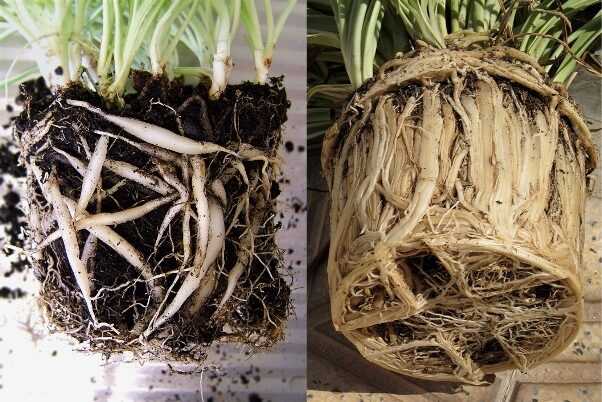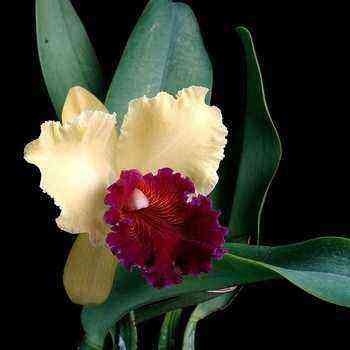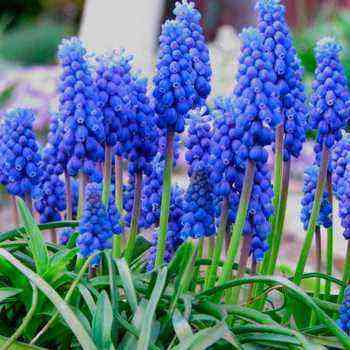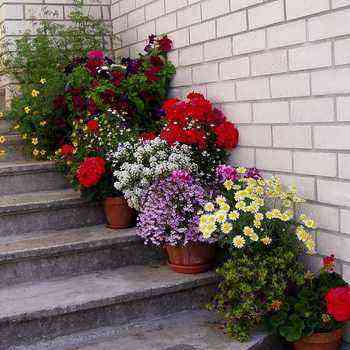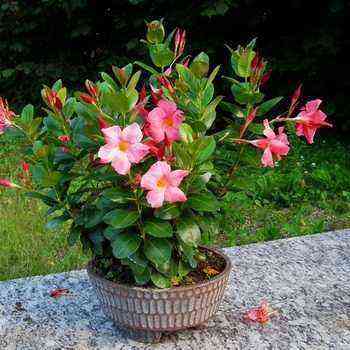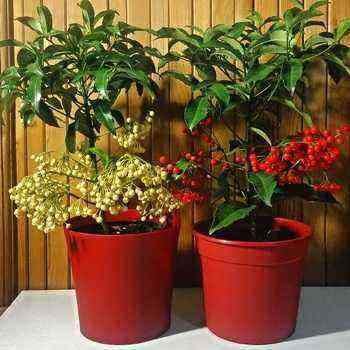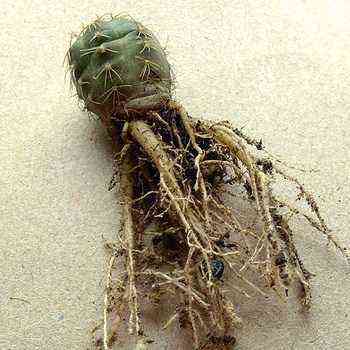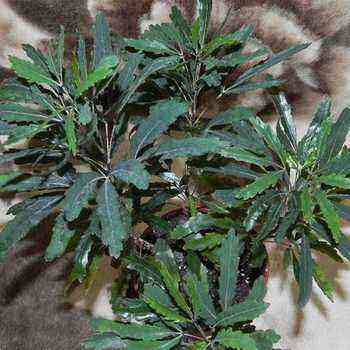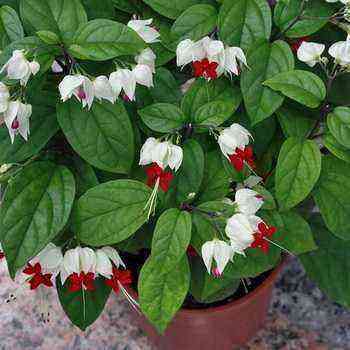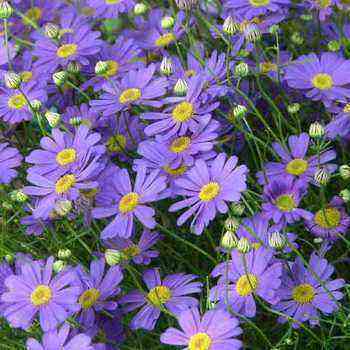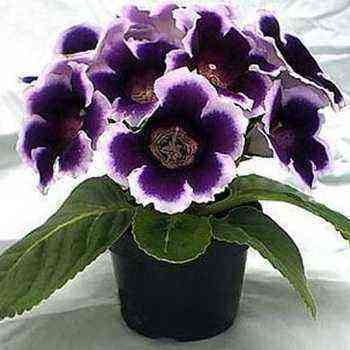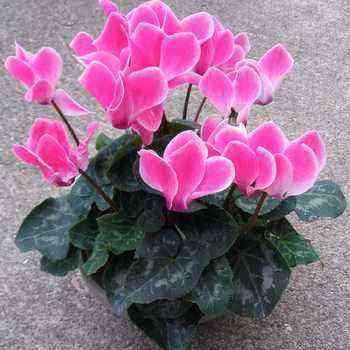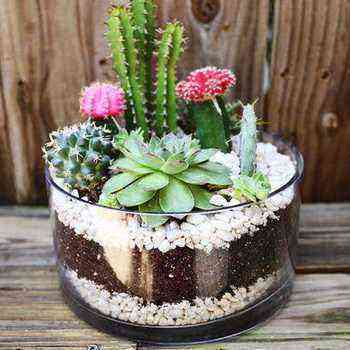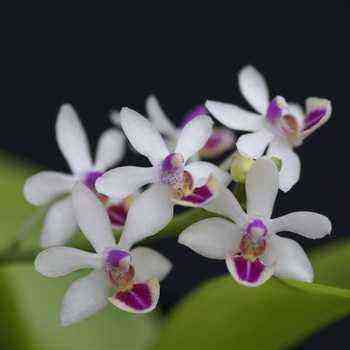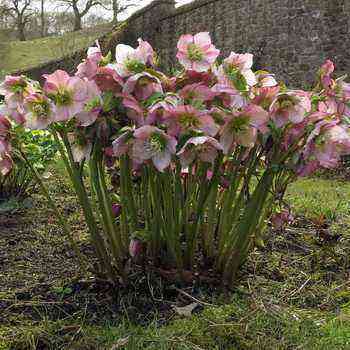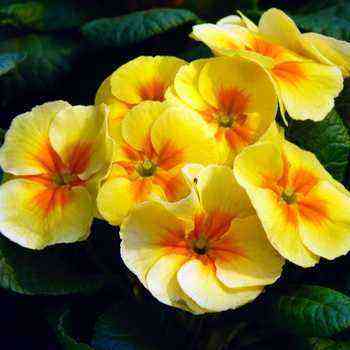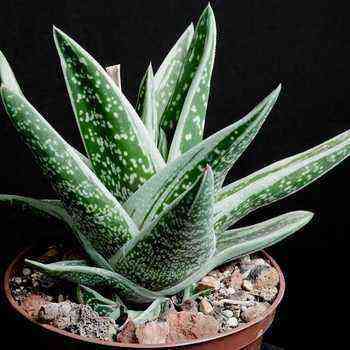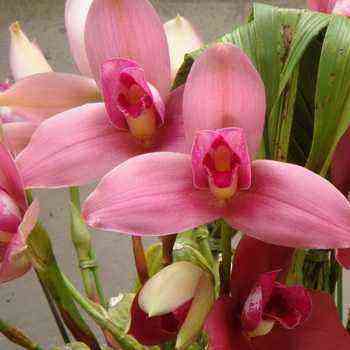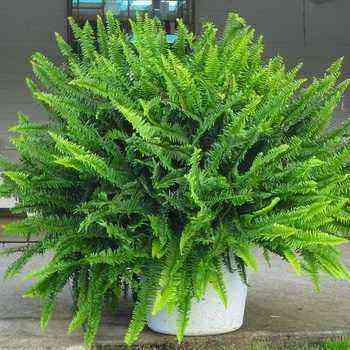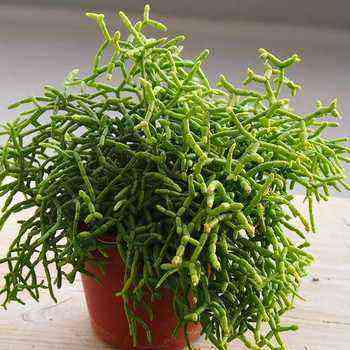Chlorophytum crested (also known as chlorophytum komosum) is a type of perennial herb. It is native to tropical and southern Africa, but over time has become common in other regions, including Western Australia. Due to its variegated color, it is very popular among indoor plant lovers. Chlorophytum crested flower is widely used in landscaping apartments and offices. It has a lot of useful properties that can be successfully used to normalize the microclimate in any room.
Description of the flower chlorophytum crested with photo
We offer you a description of the chlorophytum crested flower. In an apartment, the plant grows to about 60 cm in height. It also has fleshy, deep roots, about 10 cm in depth. Leaves are usually very long, up to 50 cm, and narrow – no more than 30 mm.
The flowers grow on a long, branched inflorescence that can grow up to one meter in height and at the end bends downward. Flowers can grow from one to six in each cluster, which are located along the stem at well-defined intervals. Towards the end of the inflorescence, each cluster becomes smaller in size. Usually the first flowers fall off, so you rarely see a blooming inflorescence.
Individual flowers, which stand on pedicels up to 8 mm long, can be green or white. Each flower has three- and six-veined leaves with a small hood or in the form of a boat, which reach a height of up to 10 mm. The stamen contains pollen, producing another flower about 3,5 mm in length and filaments of about the same length. The central carpel is 3 to 8 mm long. The seeds are produced in a 3-8 mm capsule on stems that give them 12 mm in length.
The inflorescences bear sprouts at the tips, which eventually hang down and touch the soil. The stems from the inflorescence are called “stolons” in some sources, but still scientists believe that it is more correct to use this term for stems that do not bear flowers and have roots at the nodes (one of the two main structural axes of the plant, the other root; the stem is divided into nodes and internodes).
Look in all its diversity crested chlorophytum in the photo:
Houseplant care chlorophytum crested
Caring for chlorophytum crested at home is not difficult even for a novice florist. Experienced flower growers consider chlorophytum crested one of the simplest indoor plants. It blooms beautifully both in the shade and in sunny color, it tolerates room temperature (but after prolonged storage in such conditions, it can freeze). She tolerates both dry and humid air. He will forgive you if you forgot to water it a couple of times (but only a couple of times). If it is not enough to water the flower, or vice versa, water it with hard water, from which the soil becomes salty, then the leaves begin to become covered with brown spots. By the way, it is quite possible to cure it – you need to replace the water with settled rainwater, and the roots must be transplanted.
As I said earlier, the indoor plant chlorophytum crested, with proper care at home, will feel calm in a shady room, but still it will feel best in bright light. If you want to achieve the longest and greenest possible color, then it is worth placing it near a window that is exposed to the sun’s rays or hanging it outside the house. But avoid the most dangerous midday sun. If it is not possible to provide artificial lighting, take care of artificial.
Look at the photo of chlorophytum crested in interior decoration options:
In summer, during active growth, it is necessary to water the plant abundantly – the soil must be constantly moist. In winter, the soil should have time to dry out between waterings, so it is worth watering more moderately.
Chlorophytum crested does not tolerate frost, but it can exist for some time at minus 8. If the temperature is raised, then even a dying plant can revive. Indoors, it usually tolerates room temperature well.
Shoots developing on long stalks can be easily rooted. To get a new shrub, you need to carefully divide the roots. By the way, the flower produces a lot more shoots in a slightly filled pot.
We offer a photo of crested chlorophytum in that phase of root development when a transplant is needed:
Useful properties of crested chlorophytum
One of the beneficial properties of Crested Chlorophytum is its ability to reduce indoor air pollution in the form of formaldehyde, and about 70 flower bushes will eliminate or neutralize formaldehyde production in energy efficient homes. We recommend leaving it in the kitchen, where carbon monoxide is most likely to accumulate.
Scientists believe that in 24 hours a flower is able to destroy up to 70-80 percent of harmful microorganisms in its vicinity. Based on this, they argue that Crested Chlorophytum is absolutely necessary in a children’s room. An adult plant is capable of destroying harmful microbes in an area of about two square meters, so the flower effect is truly impressive.
If you have not forgotten yet, the plant is native to the subtropics and tropics of South America and Africa, which means that the plant is perfectly able to retain moisture. This is another of the beneficial properties of Crested Chlorophytum. That is, the more you water the plant, the more moisture it releases into the surrounding atmosphere. And if you add activated carbon, then the level of moisture released will approximately double. Thus, the plant will be very useful for people with various lung diseases.
The flower is great for those who live near industrial and polluted areas, close to the roadway, as well as those who constantly suffer from allergies or frequent viral diseases.
Previously, the plant was used for medicinal purposes, especially for pregnant women as an amulet to protect mother and child. The bush was left in the room where they lived. The roots of chlorophytum crested were dipped into water, which the mother drank later to protect the child, as was previously believed. It was also administered to the child as a laxative tincture.
